Dehydrated kimchi has emerged as a versatile culinary ingredient, offering the bold, tangy, and spicy flavors of traditional fermented kimchi in a convenient, shelf-stable form. Unlike fresh kimchi, which requires refrigeration and careful handling, dehydrated kimchi can be stored for extended periods and easily incorporated into a wide range of dishes. Its concentrated flavor and crisp texture make it suitable both as a seasoning and as a decorative garnish, enhancing the taste and visual appeal of many culinary creations.
1. Soups and Stews
Dehydrated kimchi can add depth and complexity to soups and stews. When sprinkled directly into broths, it rehydrates slightly, releasing its signature tangy and spicy notes. Common applications include:
- Kimchi Jjigae (Kimchi Stew): Rehydrated dehydrated kimchi can replace fresh kimchi for a faster, convenient preparation while maintaining authentic flavor.
- Noodle Soups: Adding dehydrated kimchi to ramen, udon, or soba soups imparts a subtle umami kick and a hint of spiciness without overpowering the broth.
- Vegetable or Meat-Based Broths: Even in non-Korean soups, a small amount of dehydrated kimchi can enhance richness and complexity.
2. Rice and Grain Dishes
Dehydrated kimchi works well in rice, quinoa, or barley dishes, adding both flavor and texture. Popular applications include:
- Fried Rice: Tossing dehydrated kimchi flakes into fried rice provides a spicy, tangy flavor and a slight crunch.
- Kimchi Rice Bowls: Sprinkle on steamed rice along with vegetables, eggs, or meats to create a quick, flavorful meal.
- Grain Salads: In cold grain or mixed vegetable salads, dehydrated kimchi adds a bright, piquant element.
3. Noodle and Pasta Recipes
The concentrated flavor of dehydrated kimchi can complement a variety of noodle and pasta dishes:
- Stir-Fried Noodles: Sprinkle dehydrated kimchi into stir-fried udon, soba, or ramen for an instant flavor boost.
- Pasta Dishes: Incorporate dehydrated kimchi into creamy or tomato-based sauces for fusion dishes, providing a tangy and slightly spicy profile.
- Cold Noodle Salads: Rehydrated kimchi adds texture and a lively flavor to chilled noodle preparations, balancing richness with acidity.
4. Snacks and Side Dishes
Dehydrated kimchi can be used as a topping or seasoning in snack foods:
- Popcorn: Lightly sprinkle dehydrated kimchi powder over popcorn for a savory, umami-rich snack.
- Savory Crackers or Chips: Incorporate dehydrated kimchi flakes or powder into seasoning blends for crackers, chips, or roasted nuts.
- Kimchi Flavored Nuts: Mix dehydrated kimchi with roasted almonds or cashews for a spicy, tangy snack.
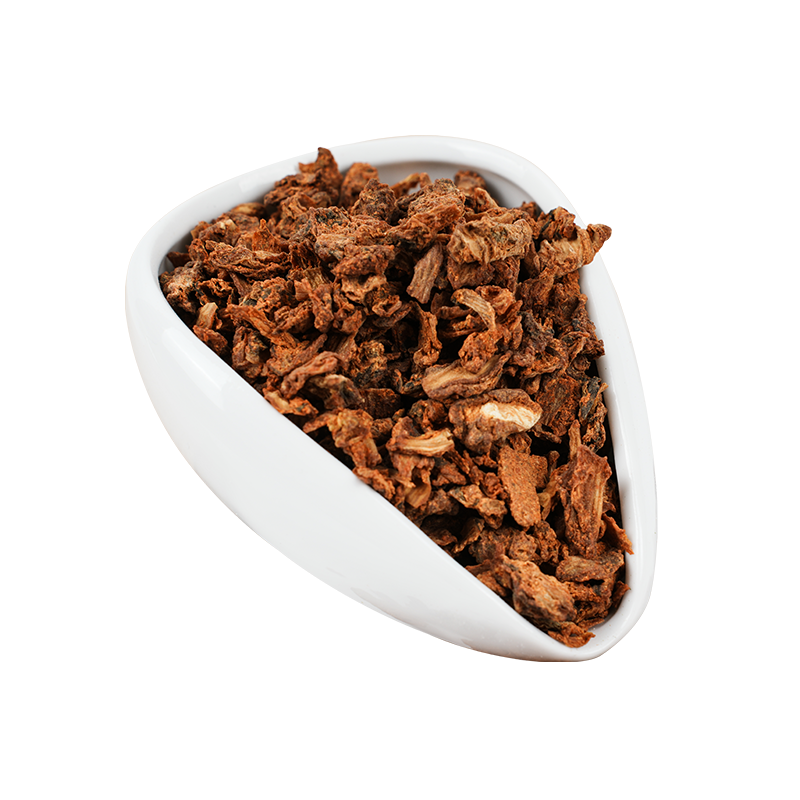
5. Meat, Seafood, and Protein Enhancements
Dehydrated kimchi can complement proteins by adding tangy heat and aromatic complexity:
- Marinades and Rubs: Ground dehydrated kimchi can be blended with spices, oils, or soy sauce to create flavorful marinades for chicken, beef, pork, or seafood.
- Toppings for Grilled or Roasted Proteins: Sprinkling dehydrated kimchi on cooked meats adds both flavor and visual appeal.
- Egg Dishes: Rehydrate dehydrated kimchi slightly and fold it into omelets, frittatas, or scrambled eggs.
6. Fusion and Innovative Culinary Uses
Dehydrated kimchi’s portability and concentrated flavor make it ideal for modern or fusion cooking:
- Salad Garnishes: Sprinkle small flakes over green salads or grain bowls for texture and tang.
- Cheese Boards: Use as a spicy, fermented accent alongside cheeses or cured meats.
- Sauces and Dips: Blend dehydrated kimchi into mayonnaise, yogurt, or sour cream-based dips for a unique flavor twist.
- Pizza Topping: Lightly rehydrate and scatter on pizza for a fusion of Korean and Italian flavors.
7. Convenience and Meal Prep Applications
Dehydrated kimchi is particularly useful for meal prep and ready-to-eat dishes:
- Instant Meals: Perfect for instant noodles, ready-to-eat rice dishes, or emergency rations.
- Camping and Outdoor Cooking: Lightweight and shelf-stable, it provides authentic kimchi flavor in outdoor meals without refrigeration.
- Bento Boxes and Lunch Kits: Adds a flavor-packed element that stays crisp until consumption.
Conclusion
Dehydrated kimchi is a versatile ingredient that enhances both flavor and texture across a wide range of dishes. From traditional Korean stews and rice bowls to fusion pasta, snacks, and garnishes, it brings the signature tangy, spicy, and umami-rich characteristics of kimchi in a convenient, shelf-stable form. Its ability to act as a seasoning, topping, or garnish makes it an ideal choice for chefs, home cooks, and food manufacturers seeking to introduce bold Korean flavors without the limitations of fresh kimchi.

 English
English 中文简体
中文简体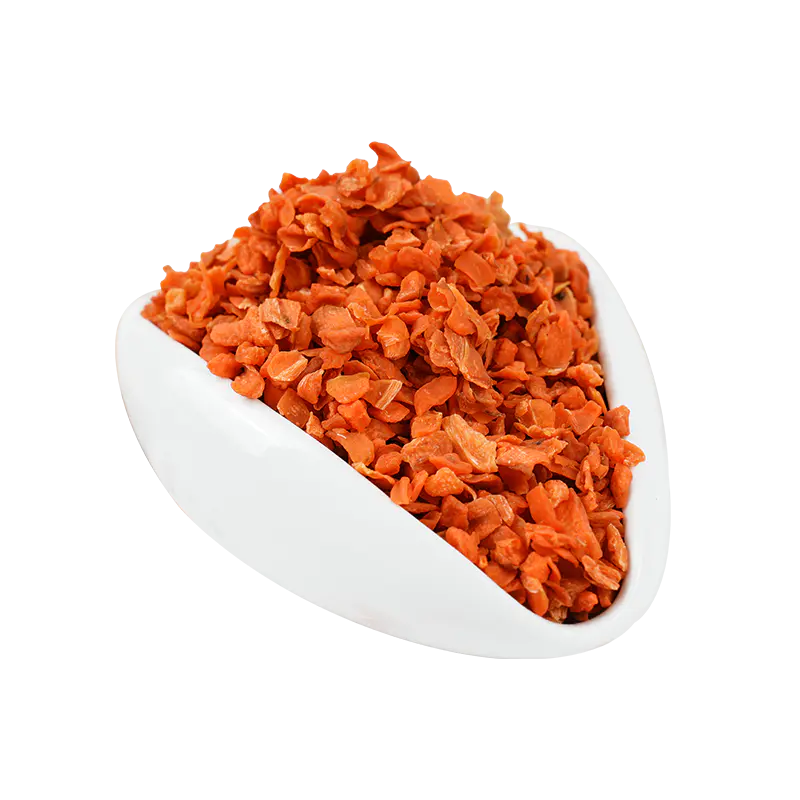
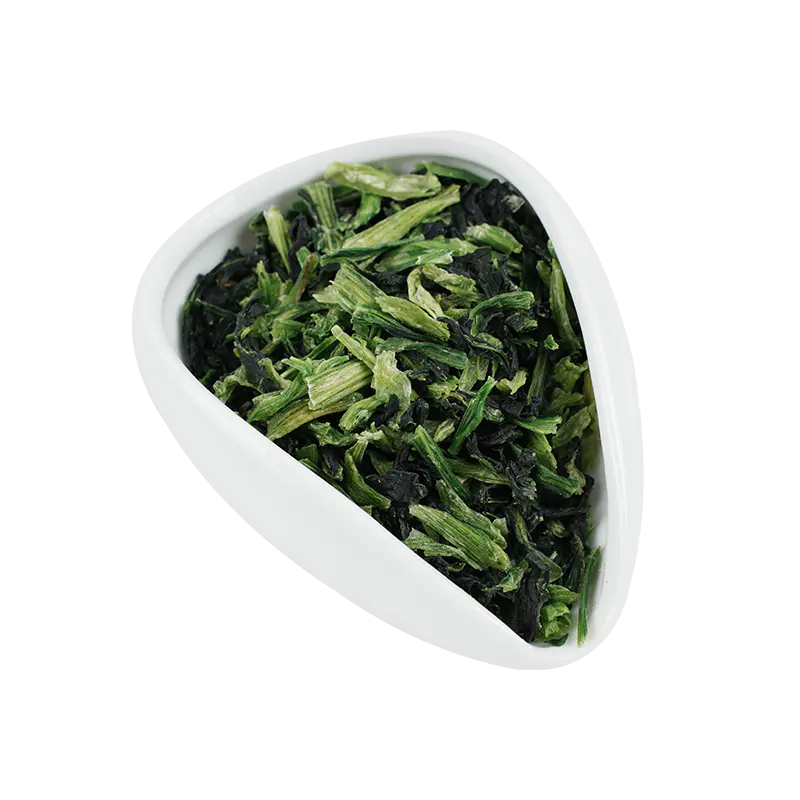
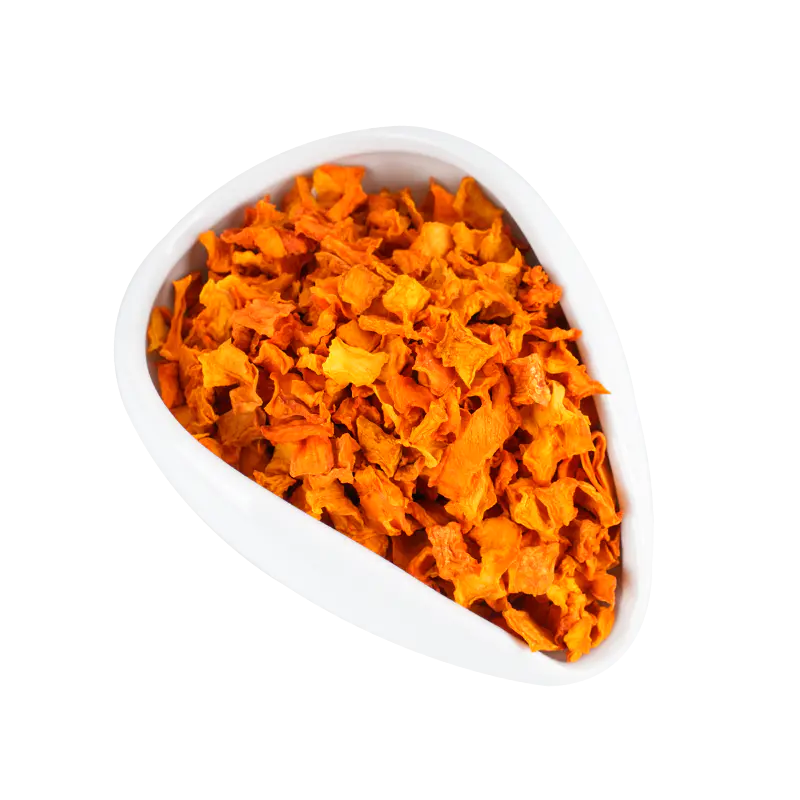
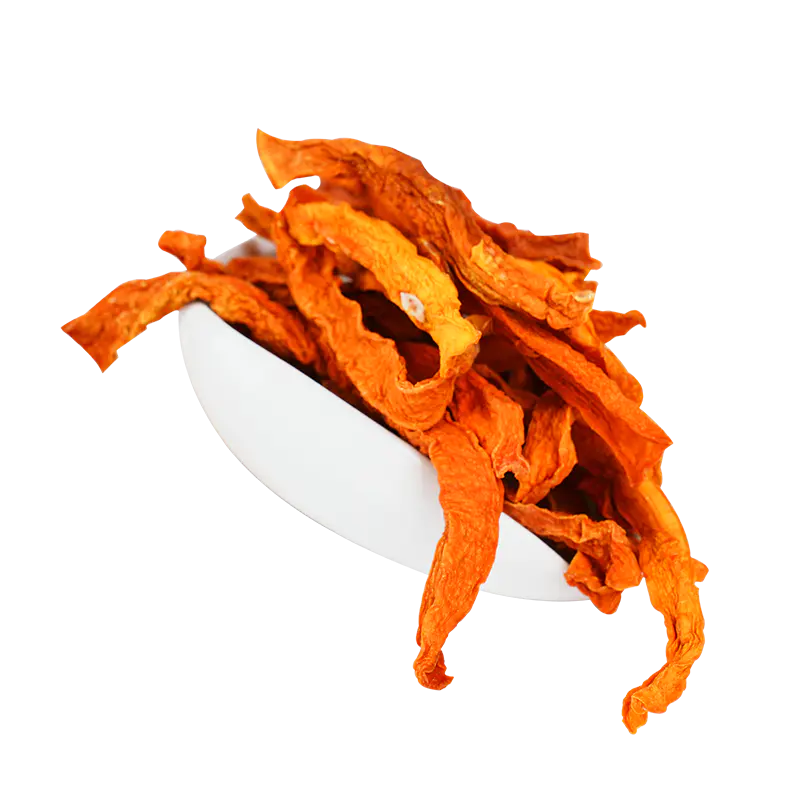


 Xinqian Village (Dehydrated Fruit and Vegetable Industrial Park), Duotian Street, Xinghua City, Taizhou City, Jiangsu Province, China
Xinqian Village (Dehydrated Fruit and Vegetable Industrial Park), Duotian Street, Xinghua City, Taizhou City, Jiangsu Province, China +86-13852647168
+86-13852647168
